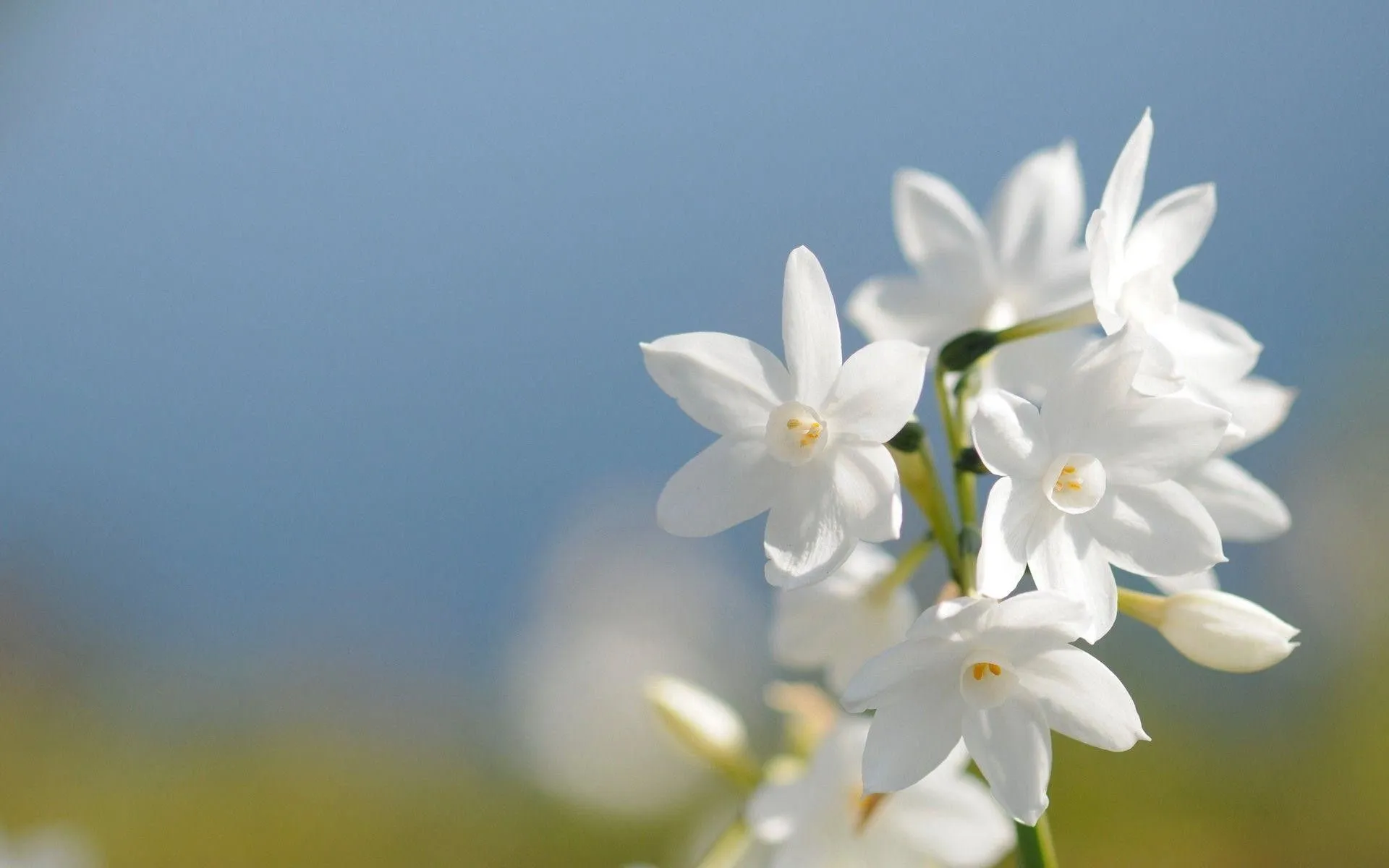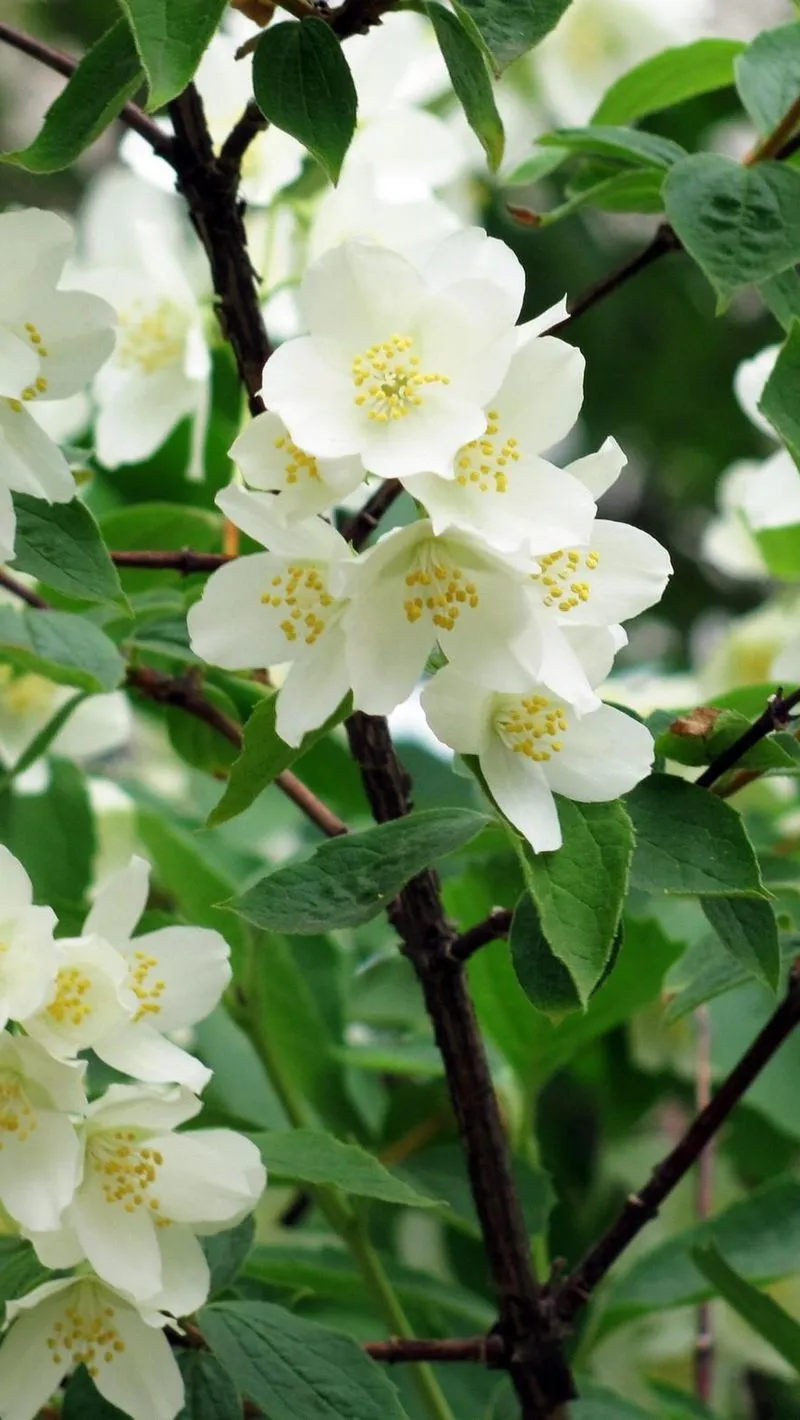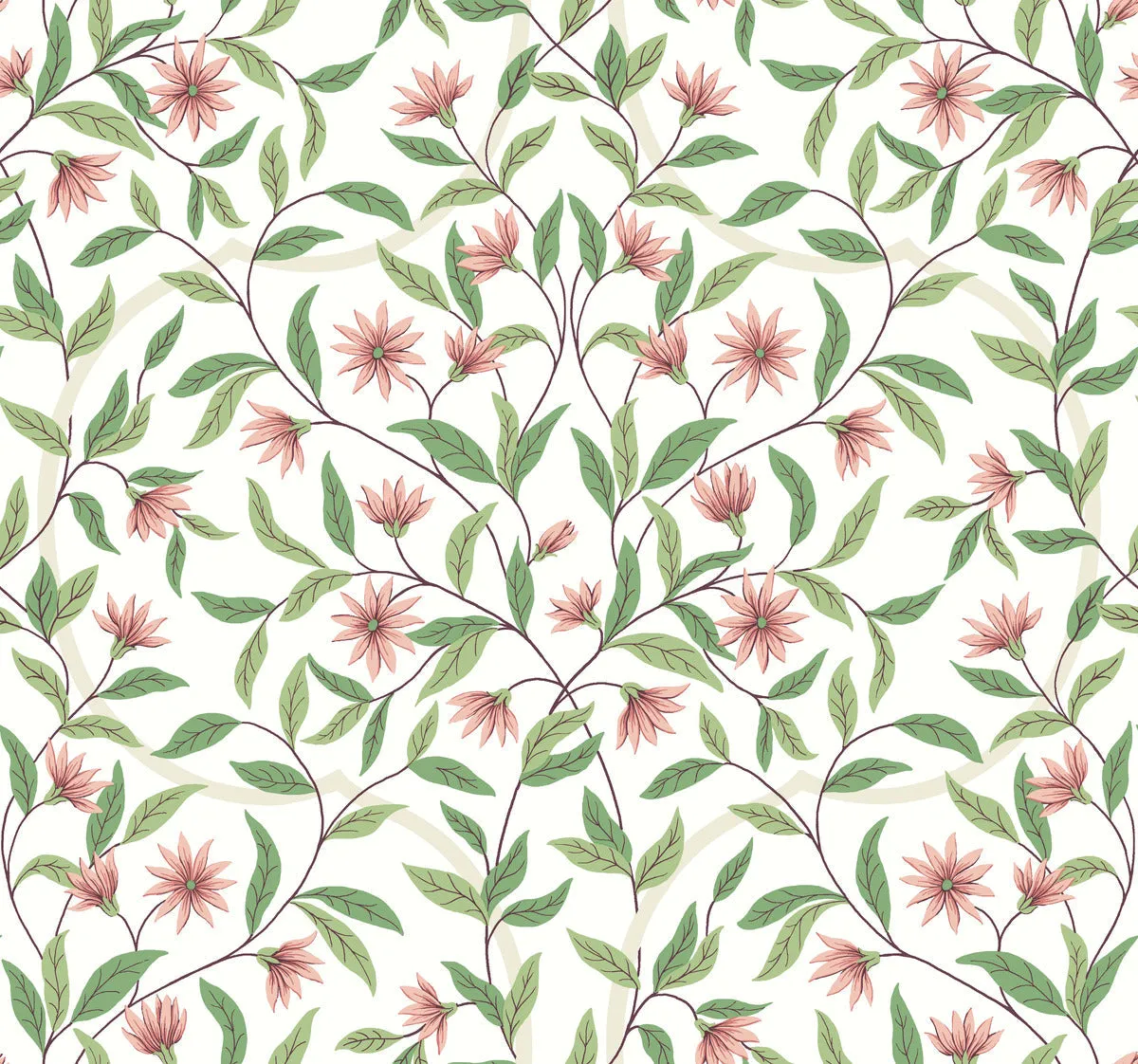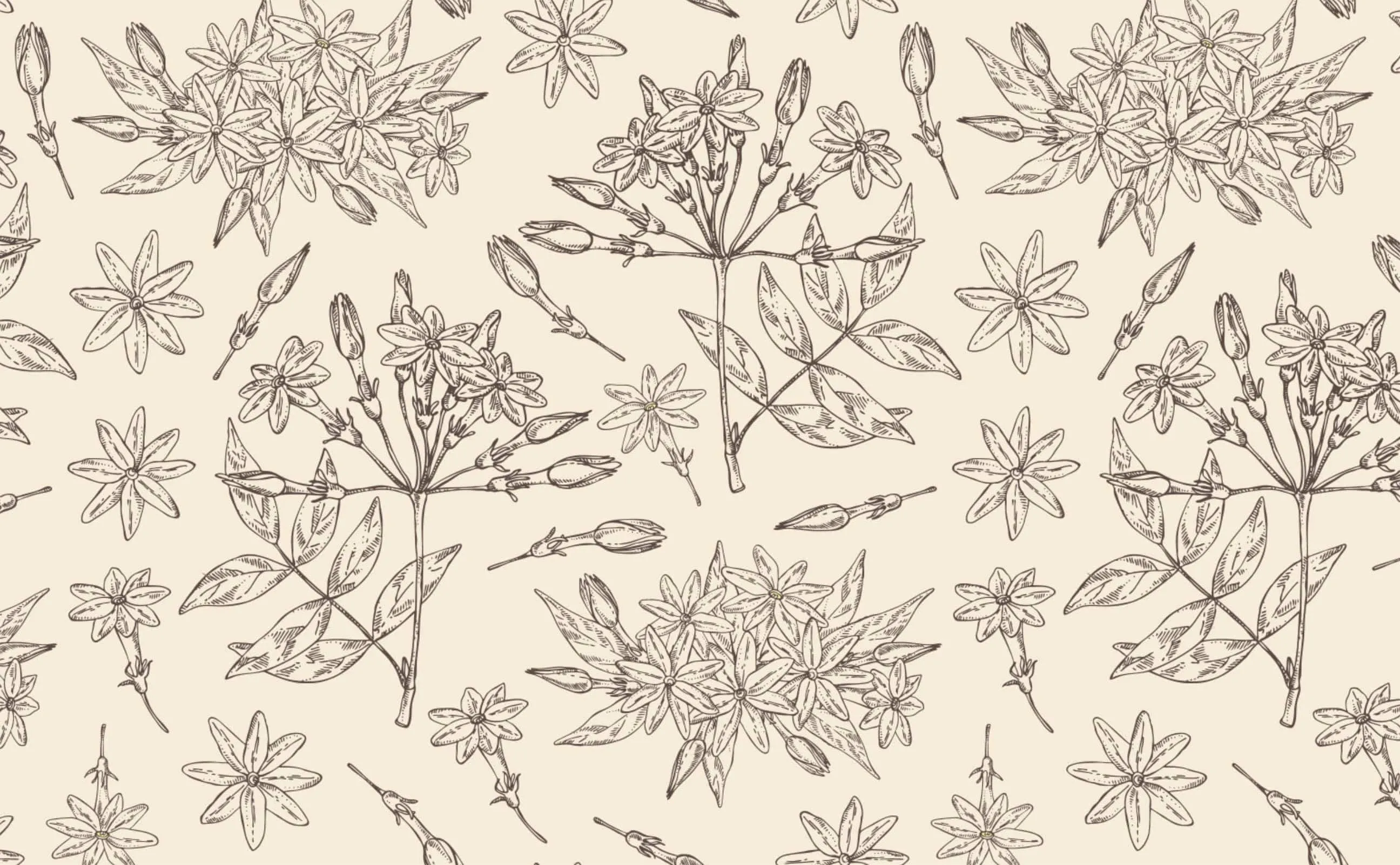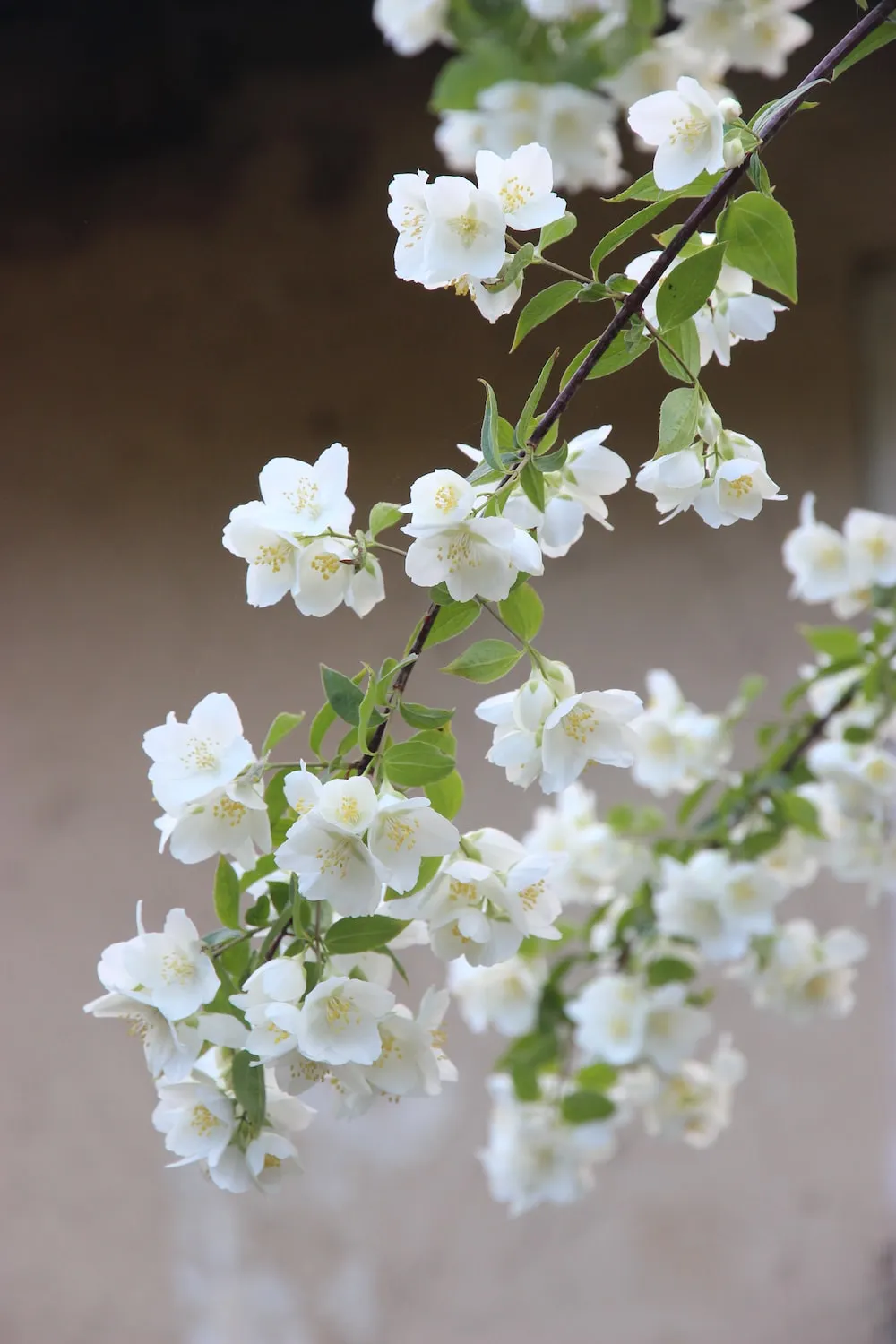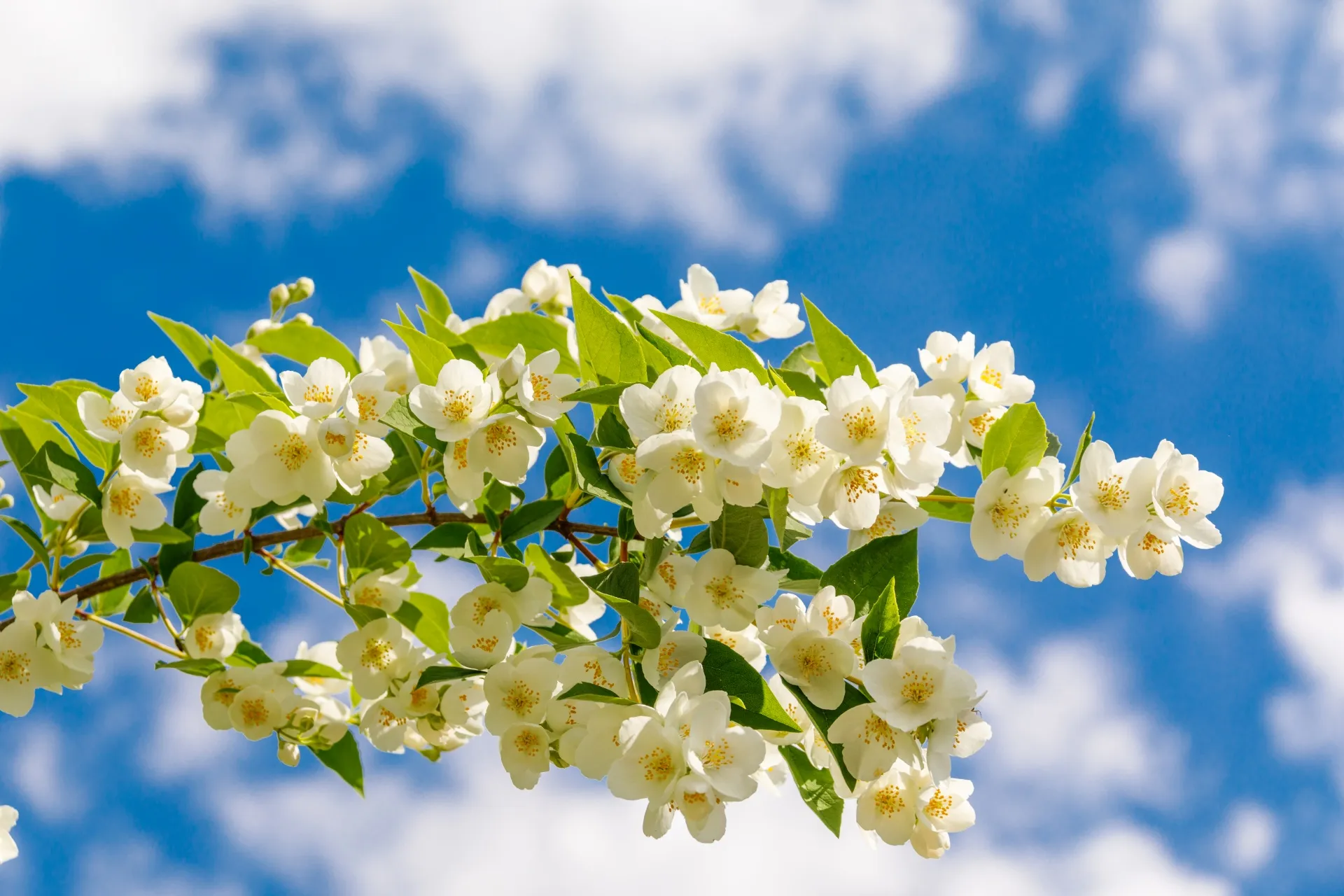Jasmine: The Delicate Beauty of Houseplants
Jasmine is a popular houseplant with its delicate blooms and sweet fragrance. The plant is a symbol of love, purity, and good luck. The plant is native to tropical and subtropical regions, and it has been cultivated for centuries for its beauty and fragrance. Jasmine is easy to grow, and it makes an excellent addition to any home. In this article, we will discuss everything you need to know about Jasmine as a houseplant.
Jasmine Varieties
There are several varieties of Jasmine, but the most commonly cultivated types are the Jasminum sambac and the Jasminum polyanthum.
Jasminum sambac
The Jasminum sambac, also known as Arabian Jasmine, is a small shrub that can grow up to six feet tall. It produces white or pink flowers that bloom in the summer and fall. The flowers are small, but they are incredibly fragrant, and they can fill a room with their sweet scent.
Jasminum polyanthum
The Jasminum polyanthum, also known as Pink Jasmine, is a vine that can grow up to 20 feet long. It produces pink or white flowers that bloom in the spring and summer. The flowers are larger than those of the Jasminum sambac, and they are equally fragrant.
How to Care for Jasmine
Jasmine is a relatively low-maintenance plant, but it does require some care to thrive. Here are some tips on how to care for your Jasmine plant.
Light
Jasmine plants require bright, indirect light. They should be placed near a window that receives plenty of sunlight, but not in direct sunlight. If your Jasmine plant is not getting enough light, its leaves will turn yellow and fall off.
Water
Jasmine plants require consistent moisture, but they should not be overwatered. The soil should be kept moist but not waterlogged. Overwatering can lead to root rot, which can kill the plant.
Temperature and Humidity
Jasmine plants prefer warm temperatures between 60 and 75 degrees Fahrenheit. They also require high humidity, so it's a good idea to mist the leaves regularly. If the air in your home is dry, you can place a humidifier near the plant.
Fertilizer
Jasmine plants should be fertilized once a month during the growing season, which is typically from spring to fall. You can use a balanced fertilizer or a fertilizer specifically designed for flowering plants.
Pruning
Jasmine plants can be pruned to control their size and shape. Pruning should be done in the spring after the plant has finished blooming. You can also prune the plant throughout the year to remove dead or damaged leaves.
Propagating Jasmine
Jasmine plants can be propagated through cuttings. Here's how to propagate your Jasmine plant: 1. Take a cutting from the parent plant that is at least six inches long and has several leaves. 2. Remove the leaves from the bottom of the cutting, leaving only two or three leaves at the top. 3. Dip the bottom of the cutting in rooting hormone. 4. Plant the cutting in a pot filled with moist soil. 5. Cover the pot with a plastic bag to create a humid environment. 6. Place the pot in bright, indirect light. 7. Keep the soil moist, but not waterlogged. 8. After a few weeks, the cutting should start to root. You can remove the plastic bag at this point. 9. After a few more weeks, the cutting should be well-rooted and can be transplanted to a larger pot.
Common Problems with Jasmine
Jasmine plants are relatively pest-free, but they can be susceptible to a few common problems.
Yellow Leaves
Yellow leaves are a sign that your Jasmine plant is not getting enough light or is being overwatered. Move the plant to a brighter location and reduce the amount of water you are giving it.
Leaf Drop
Leaf drop can be caused by several factors, including overwatering, underwatering, or a sudden change in temperature. Check the soil moisture and adjust your watering schedule accordingly. If the temperature has changed, try to keep the plant in a consistent temperature range.
Pest Infestations
Jasmine plants can be infested with spider mites, mealybugs, or whiteflies. You can treat these pests with insecticidal soap or neem oil.
Conclusion
Jasmine is a beautiful and fragrant houseplant that is relatively easy to care for. With the right amount of light, water, and fertilizer, your Jasmine plant can thrive and bring beauty and fragrance to your home. If you're looking for a new addition to your houseplant collection, consider adding a Jasmine plant.
Frequently asked questions about Jasmine wallpapers
Q: How many Jasmine pictures are available on your website?
A: We have a collection of 37 Jasmine pictures available for download on our website.
Q: Can I download Jasmine pictures for free?
A: Yes, you can download Jasmine pictures for free from our website.
Q: In which category can I find Jasmine pictures on your website?
A: You can find Jasmine pictures in the "Houseplants" category on our website.
Q: What file types are available for Jasmine pictures download?
A: You can download Jasmine pictures in three different file types - .jpg, .png and .webp.
Q: Can I choose the size of the Jasmine pictures I want to download?
A: Yes, you can choose the size (width and height) of the Jasmine pictures you want to download.
Q: Does your website automatically detect the visitor's mobile screen size?
A: Yes, our website automatically detects the visitor's mobile screen size and chooses the right size for the visitor.
Q: Do I need to create an account to download Jasmine pictures from your website?
A: No, you do not need to create an account to download Jasmine pictures from our website.
Q: Can I use Jasmine pictures downloaded from your website for commercial purposes?
A: No, the Jasmine pictures available for download on our website are for personal use only and cannot be used for commercial purposes without permission.
Q: Can I modify the Jasmine pictures downloaded from your website?
A: Yes, you can modify the Jasmine pictures downloaded from our website for personal use. However, you cannot modify them for commercial use without permission.
Q: How do I download Jasmine pictures from your website?
A: To download Jasmine pictures from our website, simply click on the download button below the picture you want to download and choose the file type and size you prefer.




